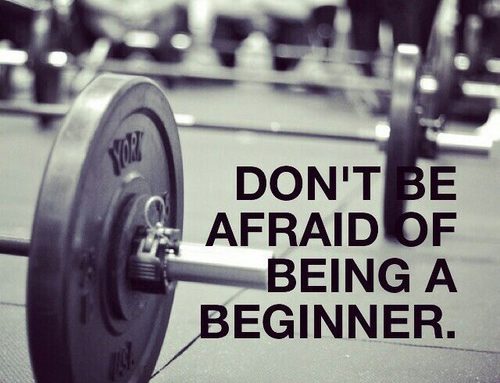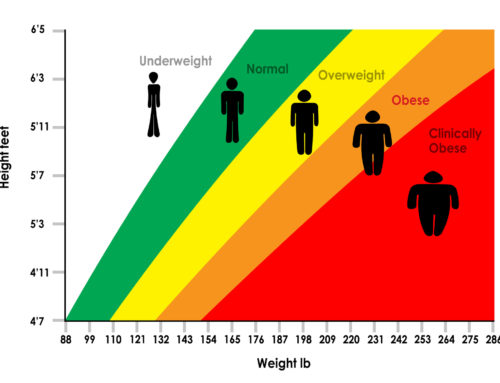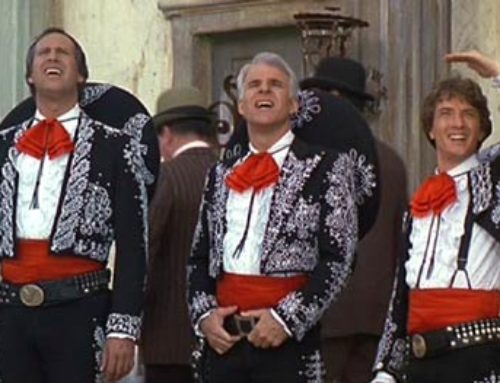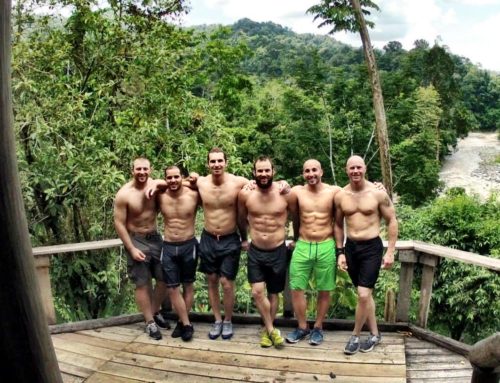Since you now know where you’re at and what you want, the next step is to develop or access existing programming and coaching that will help you reach your goals. This is where a lot of athletes get off path. Let’s face it, not all gyms or boxes are equal and neither are their coaches. So, how do you insure that you are doing what we need to reach our goals? First, you have to develop a basic understanding of what priorities your programming should have. For example, if mobility is your greatest limiting capacity, then programming should be mobility focused and using strength and endurance training as a secondary program concern. It’s also based on how much mobility you want to achieve.
If your goal is to be a masters olympic lifting athlete, maximum mobility beyond normal movement patterns will be required. So, placing an athlete under significant training loads while trying to restore mobility is almost impossible. Joint protection and the development of the needed mobility has to come first. This doesn’t mean an athlete can’t work on olympic lifting, but lifting loads and volume should be limited to allow mobility to be the primary concern. Development of technique from the top down will be key to promoting the mobility needed safely.
This where I see a lot of older athletes get distracted and travel down a path that isn’t going to meet their goals. They start out in a box and do what everyone else is doing, not knowing that they will eventually trash a joint or hit a wall. Be honest, you’ve been there. Let’s face it, when a new athlete enters training almost anything will improve their fitness. Whether it’s CrossFit or some other fitness program, new athletes can see great gains early on, but where are they after 18 months. Even in my gyms, there needs to be greater emphasis placed on meeting the individual needs of members.
The next step would be to choose the right gym/box and coach or coaches. Here are some tips to insuring that you are in the right place under the right coaching. These guidelines are not set in stone, but can hopefully direct you to the right community.
- Look for a gym with a 3-5 year history
- Look for Coaches who are CF L-1 or higher certified. Other certifications like the USAW Sports Performance, CrossFit Olympic Lifting Certification, Starting Strength Certified Coach, or Mobility Certification are also evidence of a solid education.
- Look for coaches with 3 years or more experience and a science educational background
- Look for a gym with a structured elements or on-ramp program
- Look for a gym where coaches promote scaling to fitness levels and class size limits (15:1)
- Look for a gym with similar athletes with 3 years+ history as members
- Look for a gym with a vibrant, supportive community of like minded members
- Look for programming that has variance but also supports the 10 general skills in proper order
- Look for coaches with experience training masters athletes
- Try the gym/box out and don’t hesitate to ask the questions above
Once you have found the right gym/box, spend the time and money to meet with a coach and get assistance with implementing your plan. Your coach can also be a huge resource to help you during the assessment phase and refine and tweak your goals and plan. Next, we will discuss how do you know your going in the right direction and what next?
Good luck!





Leave A Comment